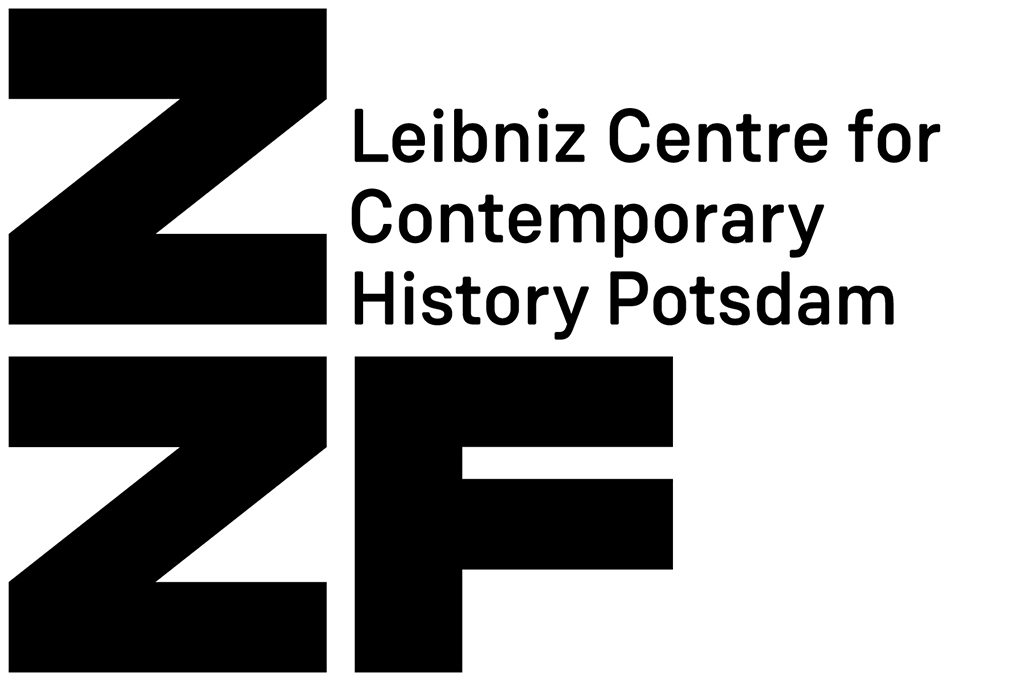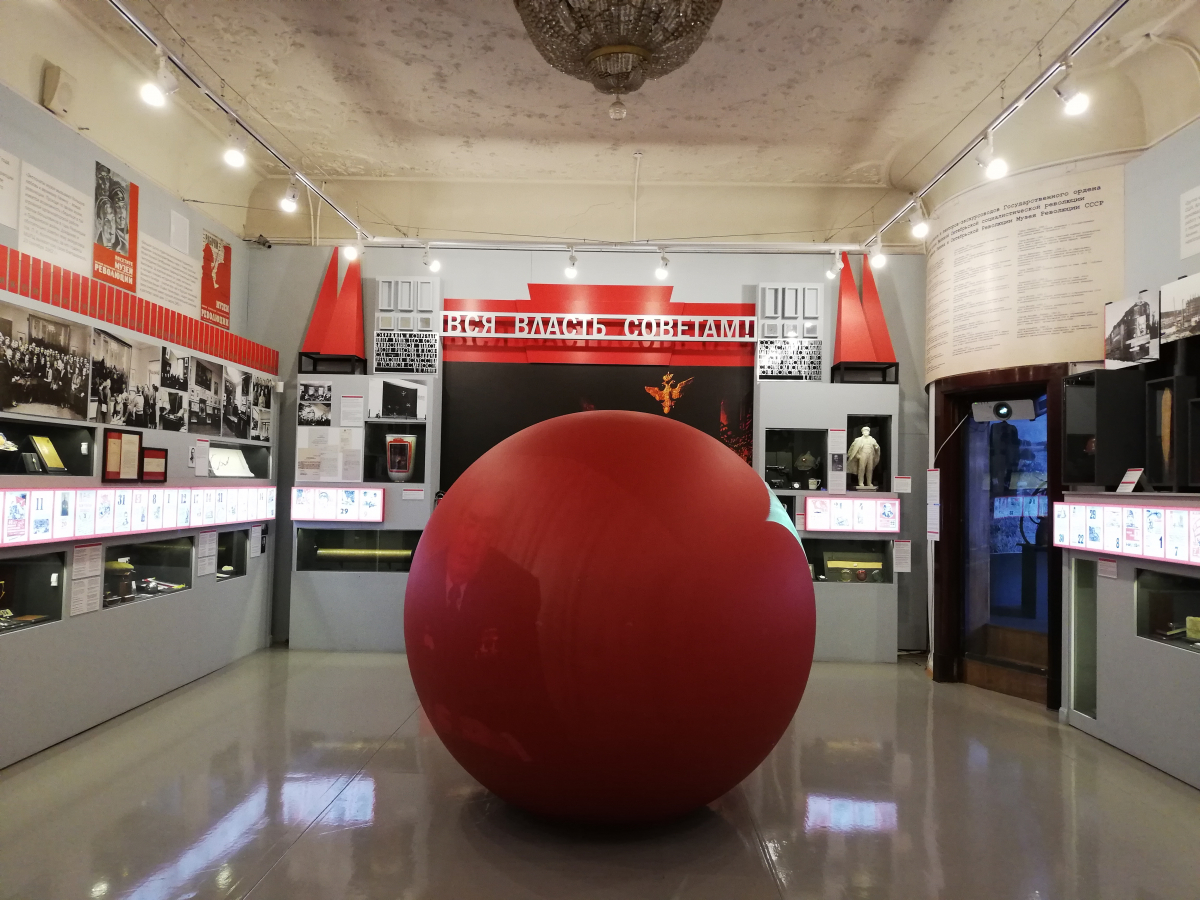of the ERC project "Perestroika from Below"
The term "collapse of the Soviet Union" creates the impression of a self-contained event. Of course, the last years of the Soviet Union can be told as a linear process: a story of reforms initiated "from above" that led to the loss of power and control at the center, and finally resulted in the end of the empire. On closer examination, however, the collapse entailed a multitude of very diverse processes, some of which were synchronous and mutually reinforcing, while others followed diverging trajectories and took place at different times. Only a holistic understanding will be able to render the end of the Soviet state comprehensible. While the question whether the collapse was inevitable is a valid one, it is also necessary to explain what exactly ceased to exist and what, on the other hand, endured, forming the basis for several different paths of development after 1991.
This project will contribute to this research by taking a look at the transformation of the Soviet museum system through the lens of different former Soviet republics: Estonia, Latvia, Uzbekistan and Russia (specifically Leningrad/St. Petersburg). These regions differ as much in terms of geography, climate, standard of living and level of education as they do in religion, political traditions, language and culture. Despite all of this, museums in these three regions are comparable because they were required to meet the minimum set of standards demanded of Soviet institutions. Through a close analysis of the museums and their staff, I will bring the middle operative level into focus. As such, I am looking at perestroika both “from above” and “from below” and from various angles. In the museum’s sector, the economic and political effects of perestroika become apparent, as well as the expectations, actions and reactions that glasnost' triggered among museum staff. Museums are places that are designed to preserve cultural heritage. In this respect, they are characterised by permanence. At the same time, as identity-creating institutions, they are subject to diverse, changing demands on the part of the state and society. A comparative look at the museums in three distinct cultural contexts will show what effects the disintegration of the Soviet Union had on people and institutions throughout the provinces of the empire and to what extent they contributed to this disintegration. The ways in which museums dealt with the shared Soviet past were as different as the return to national traditions and narratives was a union-wide phenomenon. The idea that centrifugal forces led to the end of the empire is told from the perspective of the centre. The view from the periphery, on the other hand, reveals the presence of other influences: attraction and repulsion, exclusion and integration. The complex sum of all this ultimately led to developments whose consequences we are dealing with today.

